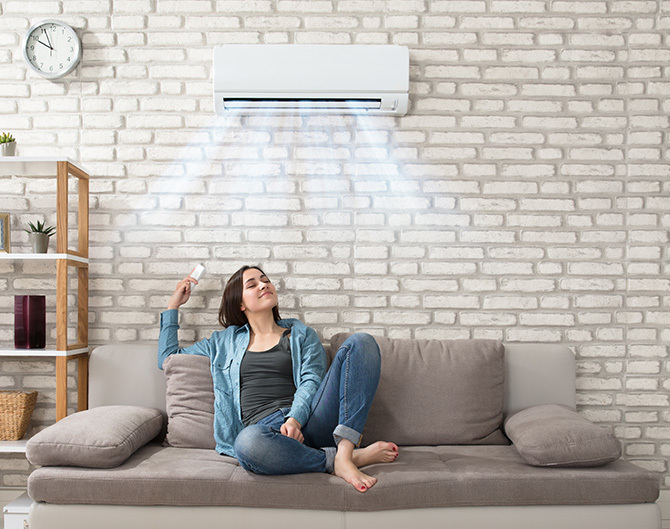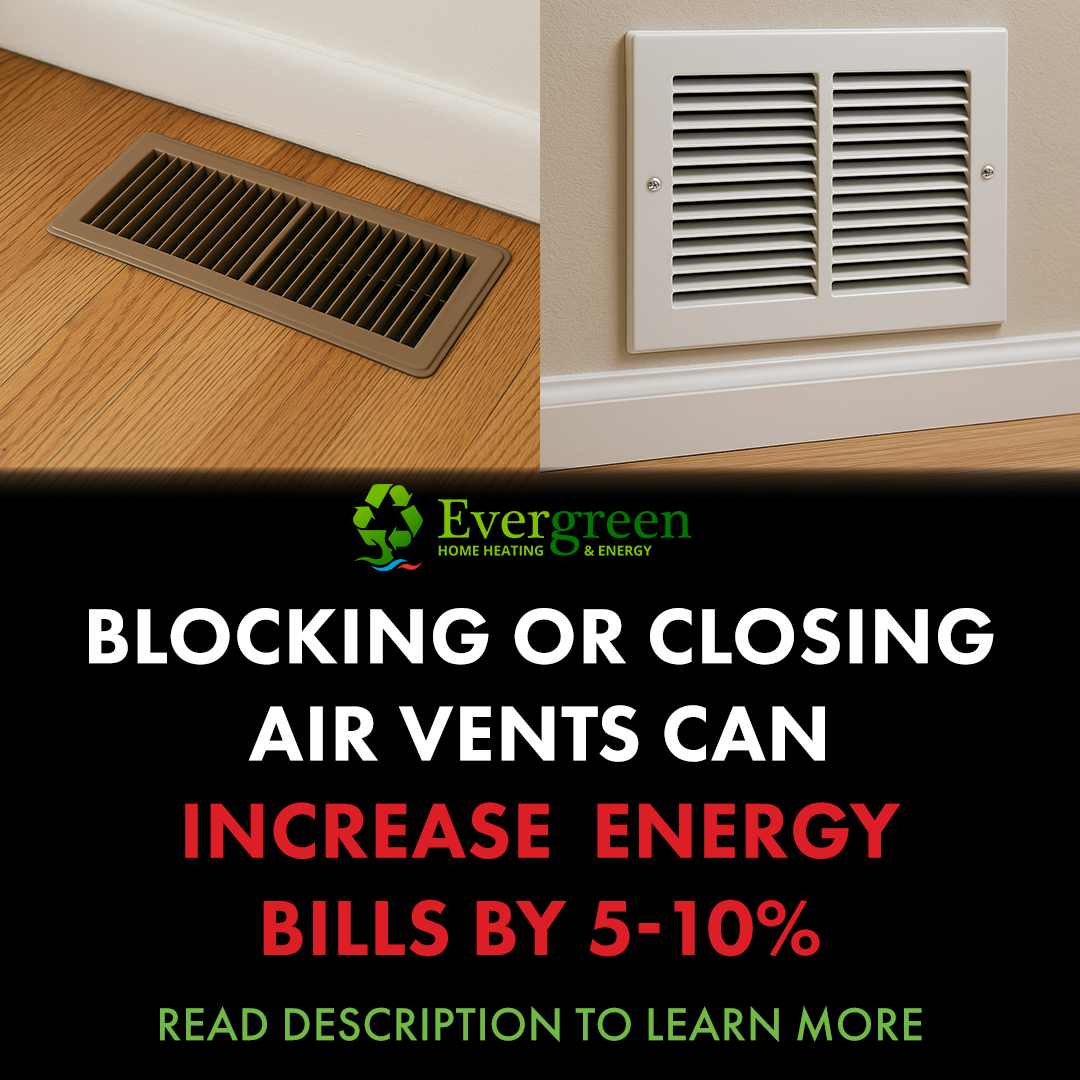Service Areas & Cities
Here Are The Areas We Serve In The King County Region
How to Set Your Heat Pump and Mini-Split for Maximum Cooling on Hot Days

When Seattle temperatures spike into the 80s and 90s (or beyond), your heat pump or ductless mini-split becomes your best ally. But simply turning it on isn’t enough—how you use it makes all the difference. Here’s how to get the most cooling for your energy dollar and stay comfortable through extreme heat.
1. Set It and Leave It
Unlike traditional AC systems that are designed for short bursts, heat pumps and mini-splits work best when they run continuously at a steady temperature. Turning them off during the day and back on when it’s hot forces them to work harder and less efficiently.
Best practice:
Set your unit to 72–76°F and leave it. You can adjust slightly based on comfort, but avoid big temperature swings.
2. Use “Cool” Mode, Not “Auto”
The “Auto” mode can confuse the system—especially on humid days—by toggling between heating and cooling. That could mean it accidentally turns on the heat if the indoor temperature dips slightly.
Best practice:
Always use “Cool” mode during hot weather. Only use “Auto” in spring or fall when temperatures fluctuate more dramatically.
3. Run Fans to Boost Airflow
Heat pumps and mini-splits don’t blast air the same way central air systems do. They rely on gentle, continuous air movement. If your home has hot spots or stuffy areas, use ceiling fans or floor fans to circulate the cooled air.
Bonus tip:
Set your fan to spin counterclockwise in summer for a downward breeze.
4. Use Energy-Saving Features Wisely
Most mini-splits come with features like Eco Mode, Dry Mode, or Sleep Mode. These can be helpful—but only in the right situations.
Eco Mode: Great for mild days or nighttime use, but may not cool fast enough on very hot days.
Dry Mode: Helps reduce humidity, especially in muggy homes.
Sleep Mode: Slowly adjusts temperature while you sleep to save energy.
Best practice:
Stick to regular “Cool” mode during heatwaves. Save energy features for nighttime or shoulder-season use.
5. Clean the Filters Regularly
Dirty filters restrict airflow and make your system work harder. On hot days, this can mean the difference between a cool home and a sweaty one.
Best practice:
Clean or replace your filters every 2–4 weeks during high-use periods, especially in summer.
6. Close Shades and Block Heat
Your heat pump cools your indoor air—but it can’t compete with direct sun heating up your home like an oven. Use blinds, curtains, or reflective window films to block solar heat.
Pro tip:
Focus especially on south- and west-facing windows in the afternoon.
7. Don’t Crank It Down All the Way
Setting your mini-split to 65°F won’t cool your home faster—it just runs longer and wastes energy. Instead, let the system do its job steadily.
Recommended cooling range:
72–76°F is usually ideal for comfort and efficiency.
Final Thoughts
Your heat pump or mini-split is a powerful, energy-efficient tool—but only when used smartly. With the right settings and habits, you can stay cool even during the hottest days in Seattle—without spiking your utility bill.
If you’d like help optimizing your system or need seasonal maintenance, our Evergreen Home Heating & Energy team is here to help.




